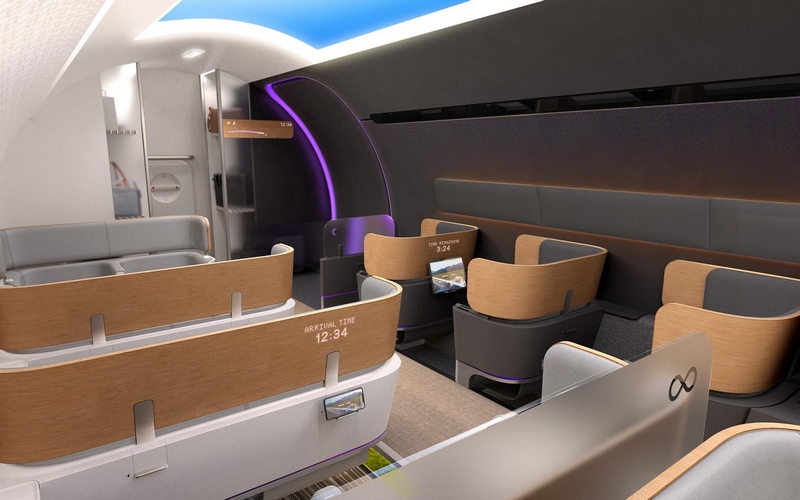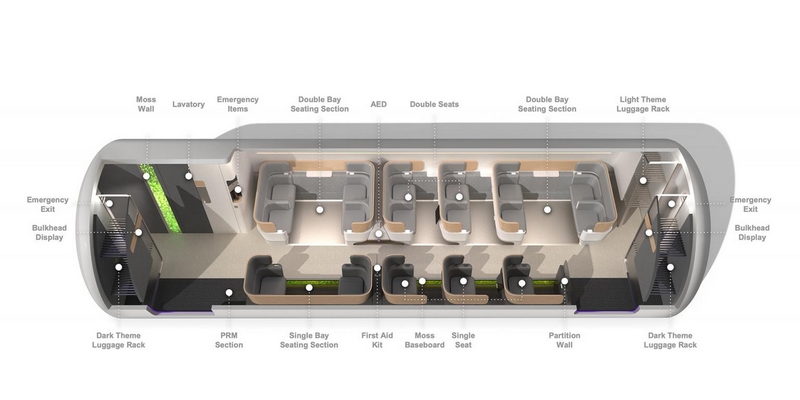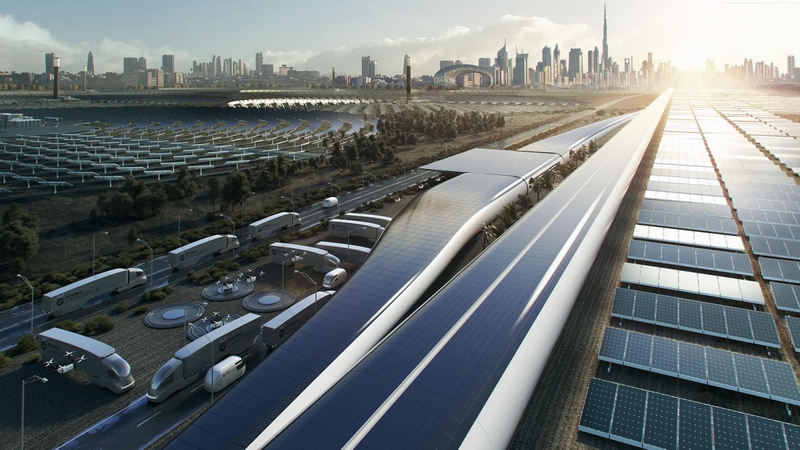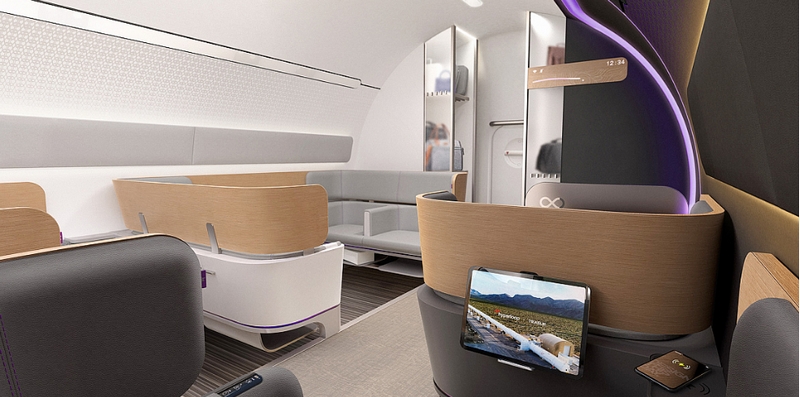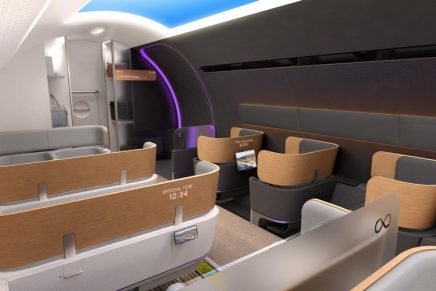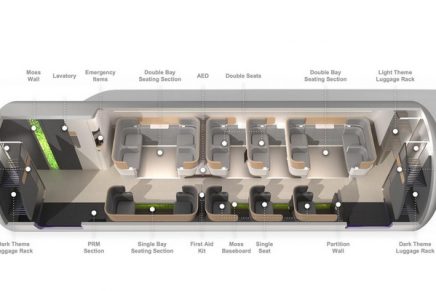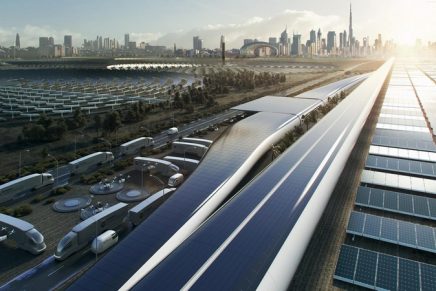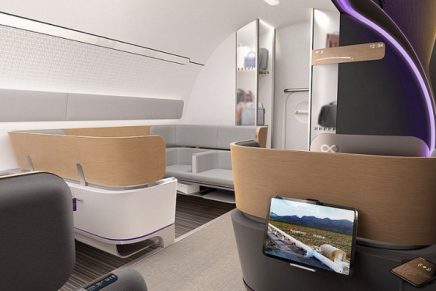Imagine being able to commute between cities that are currently hours apart in minutes – and the endless possibilities that opens up.
Just months after their first passenger testing, Virgin Hyperloop today unveiled its vision for the future hyperloop experience. The newly-released concept video takes the viewer step-by-step through a hyperloop journey, from arriving at the portal to boarding the pod.
Virgin Hyperloop worked with world-class partners across disparate industries – including Bjarke Ingels Group (BIG) for the portal designs, Teague for the pod designs, SeeThree for the video and animation, and Man Made Music for the score and sonic identity – to design acomprehensive, multi-sensory passenger experience that surpasses that of any other form of mass transit.
On demand and direct to destination, the hyperloop system would be able to transport thousands of passengers per hour, despite the fact that each vehicle carries up to 28 passengers. This high throughput is achieved by convoying, where vehicles are able to travel behind one another in the tube within milliseconds, controlled by Virgin Hyperloop’s machine intelligence software.
Following their successful passenger testing, Virgin Hyperloop is currently paving the way for the regulation and certification of hyperloop systems around the world. The company aims to achieve safety certification by 2025, with commercial operations – such as those depicted in this video – beginning in 2030.
“To kick off the project, our team created a full-scale volumetric model of the interior to use as a design exploration tool,” said Teague, the designers of the Virgin Hyperloop pods. “The model allowed our teams to experiment with seat configurations and informed human factors and lighting design in a dynamic and real-time build. As part of our process, we also made extensive use of room-scale virtual reality (VR) to quickly evaluate design iterations. We commonly use VR tools and platforms to validate our initial concepts, including Garage, a tool we designed and developed that allows us to quickly review CAD models and their materials without a lot of 3D data pre-processing,” added Teague.
Virgin Hyperloop’s counter narrative is a more optimistic view of the future: a greener, smoother, safer, and more pleasant mass transit experience.
“We leveraged decades of experience designing how people and things move across various modalities – taking some of the best aspects from aviation, rail, automotive, and even hospitality to create a new and better passenger experience that is distinct to Virgin Hyperloop,” said John Barratt, CEO & President, Teague. “Recessed seat wells provide a greater sense of space, while the raised aisle is a touch of the unexpected and unique. Bands of greenery and wood textures subvert the aesthetic of typical mass transit materials with something optimistic and fresh. All lighting in the pod—including the unassuming information displays—are dynamic and adjust based on traveler activity and journey milestones.”
A key pillar of Virgin Hyperloop’s passenger experience is accessibility, ensuring that this new form of transportation will expand opportunities for the masses. While ticket prices will vary depending on the exact route, a recent study in Ohio found that hyperloop fares would be more akin to the cost of driving, rather than flying.
“It’s simple. If it’s not affordable, people won’t use it,” said Jay Walder, CEO of Virgin Hyperloop. “Daily high-speed transport is currently not feasible for most people, but we want to change that notion. Imagine being able to commute between cities that are currently hours apart in minutes – and the endless possibilities that opens up.”

